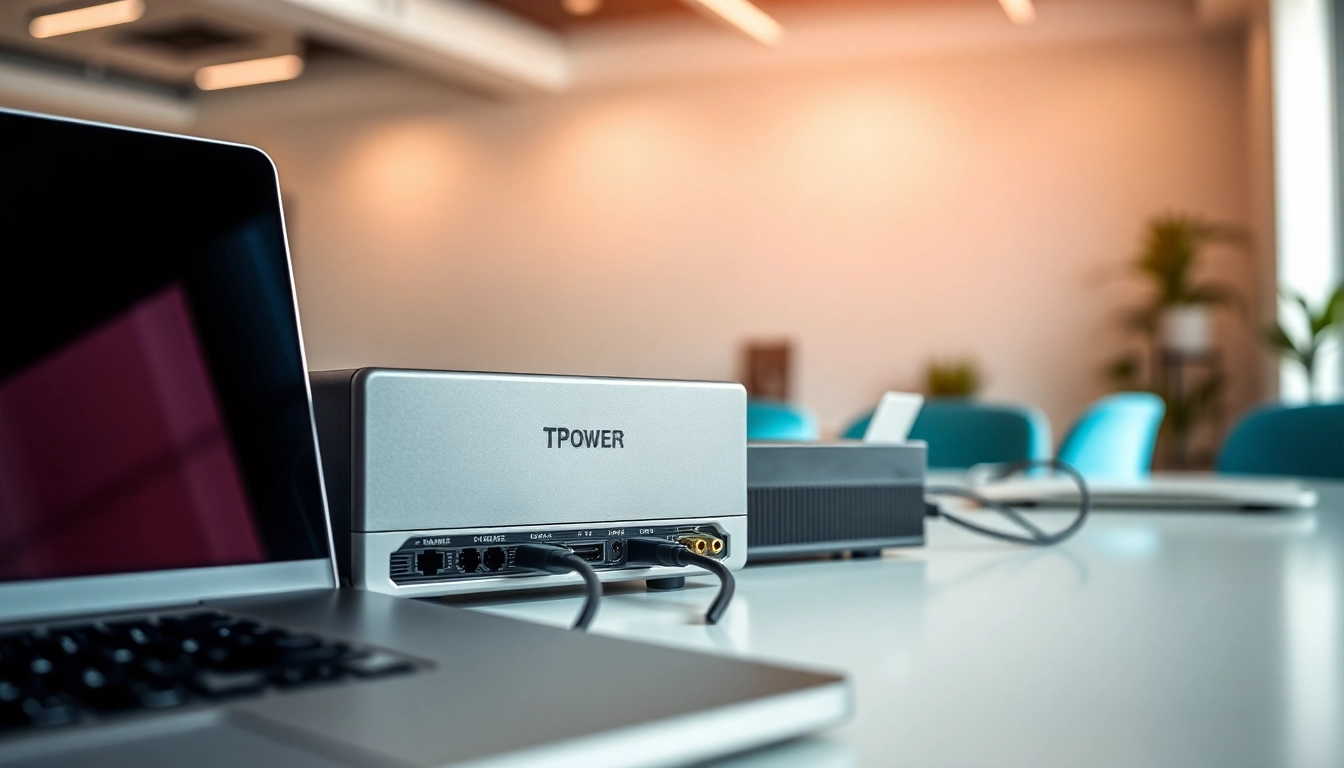Understanding IPTV Test Lines: What Are They?
Definition and Purpose of IPTV Test Lines
IPTV, or Internet Protocol Television, utilizes the internet to deliver television programming and services. One of the components that ensure a smooth viewing experience is the iptv test line. This line serves as a trial or demonstration service provided by IPTV providers, allowing users to evaluate the quality and performance of the service before committing to a subscription. The purpose of an IPTV test line is to enable viewers to assess how well the service meets their needs in terms of channel selection, streaming quality, and overall user experience.
Benefits of Using IPTV Test Lines
IPTV test lines offer numerous advantages to potential subscribers:
- Quality Assessment: Users can test video quality, buffering times, and general reliability.
- Content Variety: Test lines often grant access to a limited selection of channels, helping viewers ascertain if their preferred content is available.
- User Experience: Allows users to evaluate the interface, ease of use, and any additional features that may enhance their viewing experience.
- No Long-Term Commitment: Test lines typically don’t require users to sign contracts, enabling them to explore options freely.
Basic Components of an IPTV Test Line
Understanding the elements that make up an IPTV test line is crucial for its effective use:
- Stream Type: Test lines may be classified as either M3U or Xtreme Codes, which dictate how the streams are delivered and accessed.
- Access Protocols: Depending on the provider, users might need specific software or apps to access the test line.
- Duration: Test lines may vary in testing duration, typically lasting from 24 hours to a week, depending on the provider’s policy.
- Supported Devices: It’s essential to verify if the test line is compatible with various devices like smart TVs, tablets, or streaming boxes.
How to Choose the Right IPTV Test Line
Evaluating Quality Providers
When selecting an IPTV test line, it’s vital to evaluate the provider’s quality. Look for well-reviewed providers with a history of reliability. Online forums, user feedback, and comparison sites can provide invaluable insights into potential options. Consider providers that are transparent about their service offerings and willing to answer queries.
Key Features to Look For
Not all IPTV test lines are created equal. Here are some key features that should guide your selection:
- Channel Selection: Ensure that the test line includes channels that are relevant to your interests.
- Video Quality: Look for services offering HD or even 4K content.
- Server Locations: A provider with multiple server locations can improve streaming speed and minimize buffering.
- User Support: Reliable customer support, addressed through live chat, email, or phone, is crucial during your testing period.
Common Mistakes When Selecting a Service
Selecting the right IPTV test line involves avoiding typical pitfalls that could lead to dissatisfaction:
- Ignoring Terms of Service: Many users overlook the details of what the test line offers and under what conditions.
- Underestimating Customer Support: Failing to check customer service options may lead to difficulties in resolving issues.
- Skimping on Research: Rushing into a decision without comprehensive research can result in a service that doesn’t meet expectations.
Setting Up Your IPTV Test Line Successfully
Initial Configuration Steps
Getting started with your IPTV test line requires a few configuration steps to ensure a successful setup:
- Obtain Your Test Line: Acquire the test line URL from your chosen provider.
- Select Your Streaming Device: Ensure your device (such as a smart TV or streaming box) is compatible with the IPTV service.
- Install Necessary Software: Depending on the stream type, you may need an app to facilitate access to your IPTV test line.
- Input Configuration: Enter the test line URL into the app and save the settings to initiate connection.
Testing the Connection
Once set up, it’s essential to test the connection to ensure everything is working properly:
- Check for Stream Availability: Verify if the channels populate correctly within the app.
- Assess Playback Quality: Stream various channels to evaluate video quality and buffering times.
- Monitor Stability: Use the service over time to ensure that there are no interruptions or frequent disconnections.
Troubleshooting Common Issues
If you encounter issues while setting up or using your IPTV test line, consider the following troubleshooting tips:
- Fluctuating Quality: If video quality dips, check your internet speed and bandwidth.
- Connection Errors: Ensure that your URL is entered correctly without typos.
- App Issues: Restart the IPTV application or your device if your streams aren’t functioning as expected.
Maximizing Your IPTV Experience
Integrating Additional Features
To elevate your overall viewing experience, consider integrating additional features offered by some IPTV services:
- Catch-Up TV: This feature allows you to watch previously aired shows at your convenience.
- Multiscreen Viewing: Watch on multiple devices simultaneously, making it easy to share with family.
- DVR Functionality: Record live television so you can watch it later at your convenience.
Optimizing Content Streaming
Optimizing your IPTV streaming involves both hardware and software considerations:
- Use Wired Connections: Whenever possible, connect your streaming devices directly to the router using Ethernet cables for increased stability.
- Adjust Quality Settings: Many apps allow you to adjust streaming quality based on your bandwidth; utilize these settings if experiencing issues.
- Manage Network Load: Limit the number of devices connected to the network while streaming to reduce congestion.
Comparing IPTV with Traditional Cable
Understanding the distinctions between IPTV and traditional cable services can provide clarity on their respective advantages:
- Content Flexibility: IPTV allows for on-demand viewing, while cable includes a rigid broadcast schedule.
- Cost-Effectiveness: IPTV services typically offer a broader selection of channels at lower prices compared to traditional cable subscriptions.
- Stream Anywhere: Unlike cable, IPTV can be accessed from any location with internet connectivity.
Performance Metrics and Analysis
Measuring Streaming Quality
To truly understand your IPTV experience, it’s important to measure streaming quality through performance metrics:
- Buffering Rate: The frequency of buffering can be a significant indicator of service quality.
- Resolution: High-definition streaming is a crucial factor, especially for major events and new releases.
- Load Times: The time taken to load a stream often reflects the efficiency of the service.
User Experience Feedback
User feedback can reveal insights that may not be apparent through metrics alone. Consider these areas of analysis:
- Ease of Use: Assess if users find the interface intuitive and easy to navigate.
- Content Availability: Check if users are satisfied with the breadth and relevance of available content.
- Customer Support Interactions: Examine reviews around experiences with customer service to gauge responsiveness and helpfulness.
Adjusting Your Setup for Best Results
Improving your IPTV setup for optimal performance may involve making adjustments based on the previously mentioned metrics and feedback:
- Reevaluating Bandwidth: Consider upgrading your internet plan if streaming quality consistently falls short.
- Device Upgrades: Ensure that your streaming device is up to date and supports the latest streaming protocols.
- Network Optimization: Use Wi-Fi extenders or mesh networks to improve coverage if streaming drops out frequently.



